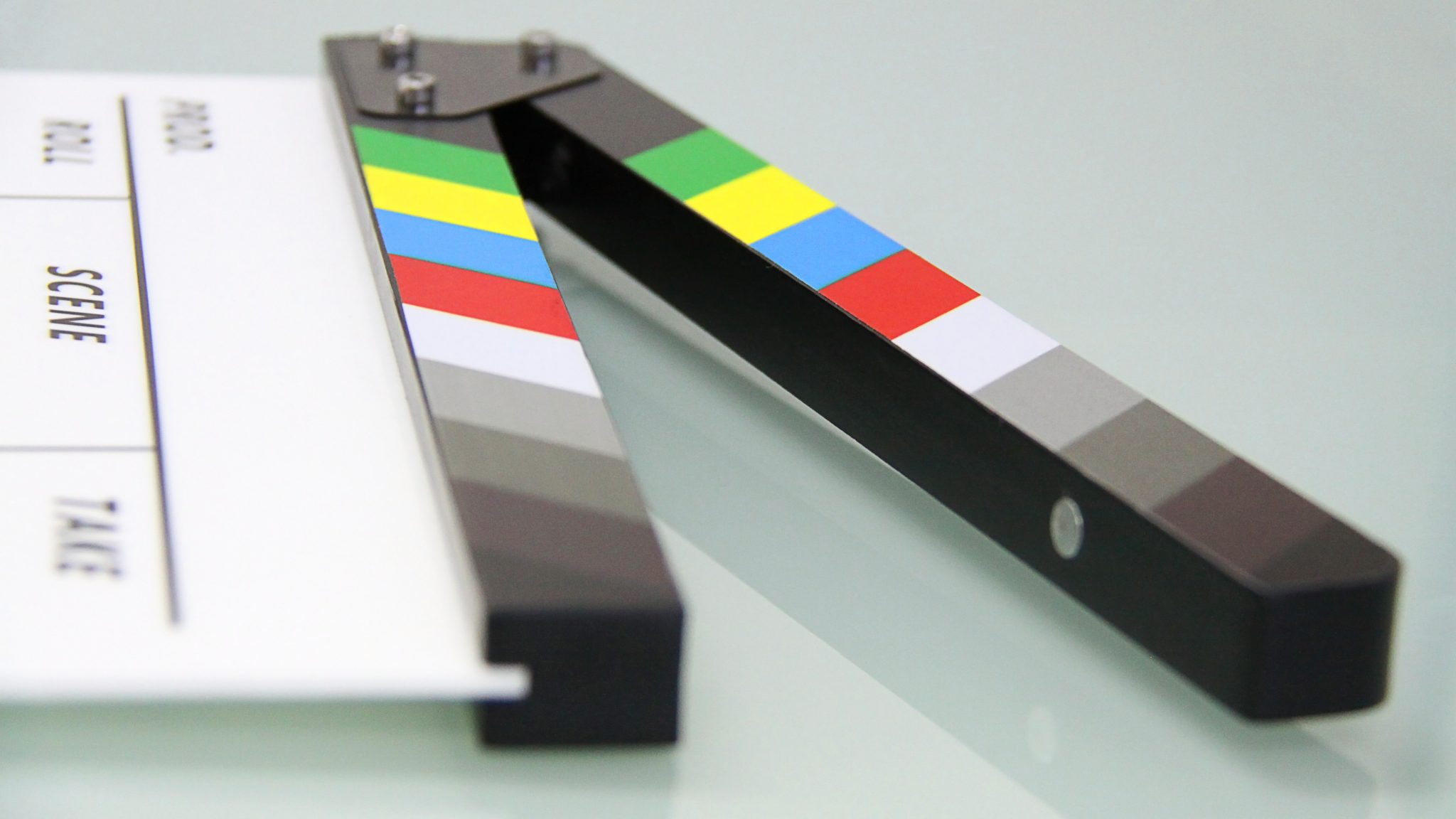Among the myriad components that shape a cinematic masterpiece, the role of music stands as a pivotal force, capable of transcending visual storytelling to new heights. However, for low budget movies, navigating the complex landscape of music licensing and acquisition can be a daunting task. Herein lies the transformative power of royalty-free music—a beacon of hope that revolutionizes the way filmmakers approach soundscapes in their productions.
The term “royalty-free music” signifies a paradigm shift in the cinematic realm, offering a treasure trove of musical compositions and scores that are not bound by the traditional constraints of costly licensing fees. This paradigm shift sparks a cascade of advantages for producers operating on modest budgets, reshaping the very foundation upon which their creative visions come to life.
First and foremost among these advantages is the unparalleled cost-effectiveness that royalty-free music bestows upon low budget productions. In an industry where every penny holds immense value, the ability to access high-quality music without the burden of exorbitant fees becomes a strategic asset. This financial liberation empowers filmmakers to allocate resources more efficiently, redistributing funds to other critical areas of production, whether it’s enhancing visual effects, securing better equipment, or elevating overall production values.
However, the allure of royalty-free music extends far beyond its economic advantages. Within the expansive libraries of royalty-free music providers lie a diverse tapestry of musical genres, styles, and moods. This treasure trove empowers filmmakers with an unparalleled level of choice and flexibility, enabling them to curate a sonic landscape that seamlessly harmonizes with their narrative arcs and emotional beats.
Moreover, the accessibility and convenience of royalty-free music serve as a catalyst in streamlining the production process. Unlike the intricate web of negotiations and legalities associated with copyrighted music, the acquisition of royalty-free tracks is a simplified, one-stop solution. This expedites the timeline from conception to final cut, allowing filmmakers to focus more on their artistic vision and less on administrative hurdles.
Cost-Effective Resource: One of the primary benefits lies in the cost-effectiveness of royalty-free music. By eliminating the need for expensive licensing fees, low budget filmmakers can significantly reduce production costs without compromising on quality.
Diverse Musical Selection: Royalty-free music libraries offer a vast array of genres and styles, providing filmmakers with an extensive selection to choose from. This versatility enables them to find the perfect musical accompaniment that complements the tone and narrative of their films.
Legal Compliance and Convenience: Utilizing royalty-free music ensures legal compliance, as producers gain access to tracks with pre-cleared rights for commercial use. This eliminates the complexities and potential legal issues associated with copyrighted music.
Flexibility and Customization: These libraries offer tracks that can be easily customized to suit specific scenes or moods within the film. This flexibility allows filmmakers to tailor the music according to their artistic vision, enhancing the overall impact of their storytelling.
Streamlined Production Process: The accessibility and ease of acquiring royalty-free music streamline the production process. Filmmakers can swiftly find suitable tracks, reducing the time-consuming task of negotiating licenses or composing original scores.
Enhanced Emotional Connection: Music plays a pivotal role in evoking emotions among audiences. With royalty-free music, filmmakers can craft a deeper emotional connection between viewers and the narrative, heightening the overall cinematic experience.
Professional Quality Sound: Despite being cost-effective, royalty-free music maintains a high standard of production quality. These tracks are often created by skilled composers and musicians, ensuring professional-grade sound for low budget films.
Global Accessibility: Online platforms offering royalty-free music are accessible globally, allowing filmmakers from diverse backgrounds to access a rich repository of music irrespective of geographical boundaries.
Adaptability Across Platforms: The versatility of royalty-free music extends beyond films, making it suitable for various platforms such as online streaming, television, advertisements, and more. This adaptability adds value to the investment made in acquiring these tracks.
Support for Emerging Talents: Royalty-free music platforms often serve as a launching pad for emerging musicians and composers. Low budget filmmakers benefit from this by accessing fresh and innovative compositions that might resonate uniquely with their narratives.
Consistent Availability: Once purchased or licensed, royalty-free music remains consistently available for use. Filmmakers can reuse these tracks in sequels, spin-offs, or promotional content without additional expenses, ensuring continuity in the auditory experience.
Creative Freedom: Perhaps most importantly, the use of royalty-free music grants filmmakers creative freedom. Unrestricted by budget constraints related to music licensing, directors and producers can experiment, innovate, and amplify the artistic essence of their films.
The amalgamation of royalty-free music into the realm of low budget movies stands as a testament to the power of innovation and adaptability within the film industry. It serves as a beacon of opportunity, offering a pathway for filmmakers to transcend financial constraints and weave intricate auditory tapestries that seamlessly meld with their visual narratives.
Moreover, the integration of royalty-free music is not merely a pragmatic choice; it is a conscious artistic decision that enriches storytelling in profound ways. It fosters a creative environment where directors and producers can harness the transformative potential of music without being tethered by budgetary limitations. This liberation enables them to experiment, innovate, and amplify the emotional resonance of their stories, thereby fostering a deeper connection with audiences.
Furthermore, the legacy of royalty-free music extends beyond its immediate impact on low budget productions. It embodies a democratization of access to high-quality musical compositions, nurturing a community where emerging talents find platforms to showcase their artistry. This symbiotic relationship between filmmakers and musicians cultivates a collaborative spirit that thrives on mutual support and creative exploration.


